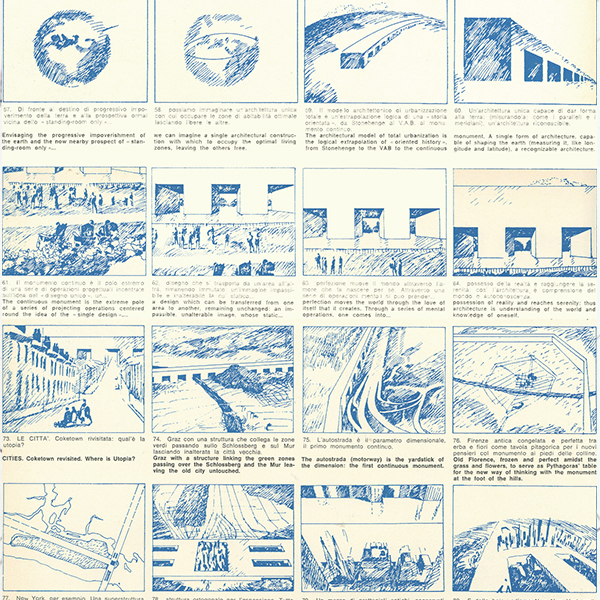Abstract
This paper engages with architectural representation. I especially focus on a particular critical agency that representation acquires in a specific context, that of architecturecity relationship. To do this, I first register the agencies of representation in architecture and acknowledge the major transformations that representation has undergone in recent decades, mainly along two axes: digitization of its media and the increasing quantity and multiplicity of its imagery. Here I solely dwell on the latter. The profusion of architectural imagery after 1950s is intrinsically related to architecture’s elevated attention to the existing city, mass culture, and everyday practices which were gradually incorporating more images in an increasing number of media. Obviously, abundance of images in culture at large and architecture’s motivation to connect to it gave way to a parallel increase in currency and multiplicity of architectural imagery. But, more significantly the elevation of architectural attention to the existing city also stimulated representation – architecture’s historical interface with the built environment – to operate on the city more systematically in observant and critical fashions. This, I hypothesize, brought about a structural transformation in the architectural discourse whereby architectural representation, beyond facilitating the creative design process and communicating information for the construction of the building, begins to engage directly and critically with the discourse itself. Operating on a surface that is historically occupied by text, drawing thus facilitates reflexive and critical inquiries in architecture.
How to Cite
Published
Issue
Section
License
Copyright (c) 2009 OverHolland

This work is licensed under a Creative Commons Attribution 4.0 International License.




